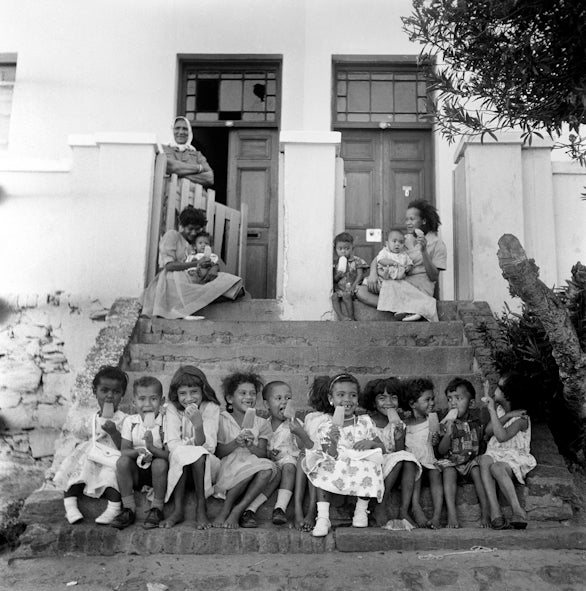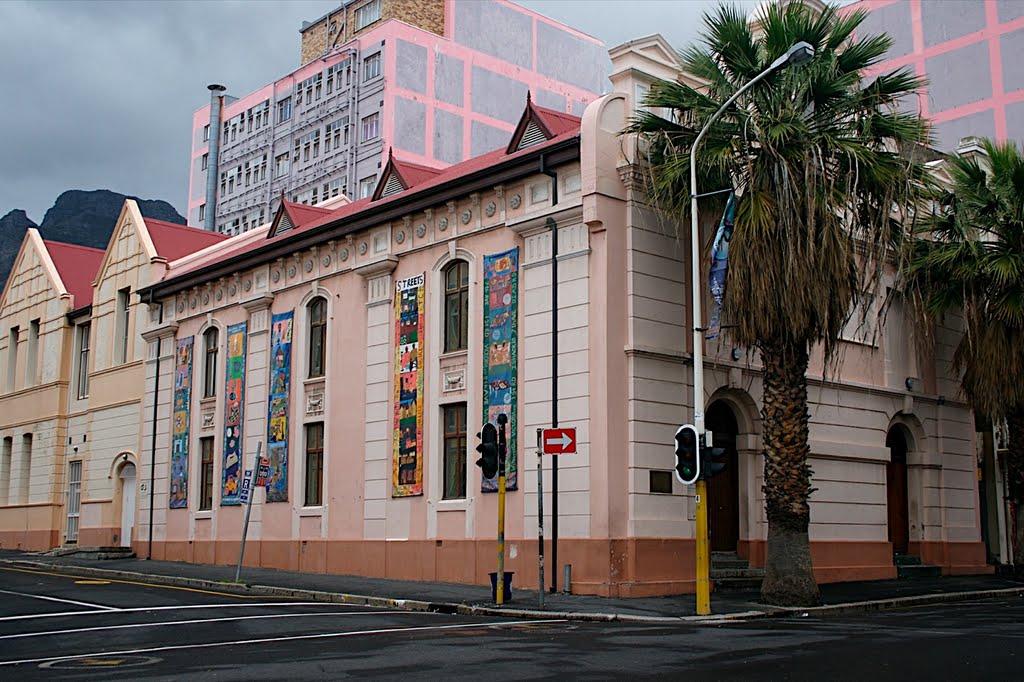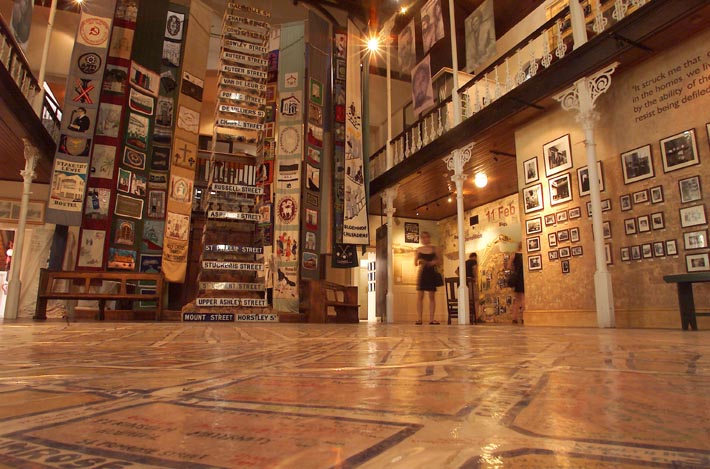Today, we had the opportunity to visit District Six Museum which is a memorial dedicated to the tens of thousands who lost their homes when the area was officially declared a “white” Group Area in 1966. The removal of people from District Six is just one example of a vast reorganization of urban spaces across South Africa.
The inhabitants were subject to forced removal and lost more than land, but also homes, memories, community, and more. The policy of forced removals from the 1950’s onwards had its origins in the earlier segregationist policies and migrant labor system that had been used since 1886 to organize the movement of cheap black labor to the industrial centers of South Africa. Unfortunately, petitions, letters to press, delegations, prayers, and protest meetings did not stop it. Consequently, over two-thirds of District Six was bull-dozed and renamed Zonnebloem by the apartheid government. One of the only few surviving structures in the area, the Methodist Church, presently serves as the District Six Museum and is also much like a memorial for the past inhabitants who frequent the site. The museum also stands as a powerful tool to help educate communities on the history of apartheid so that humanity can move beyond past mistakes and progress forward.



